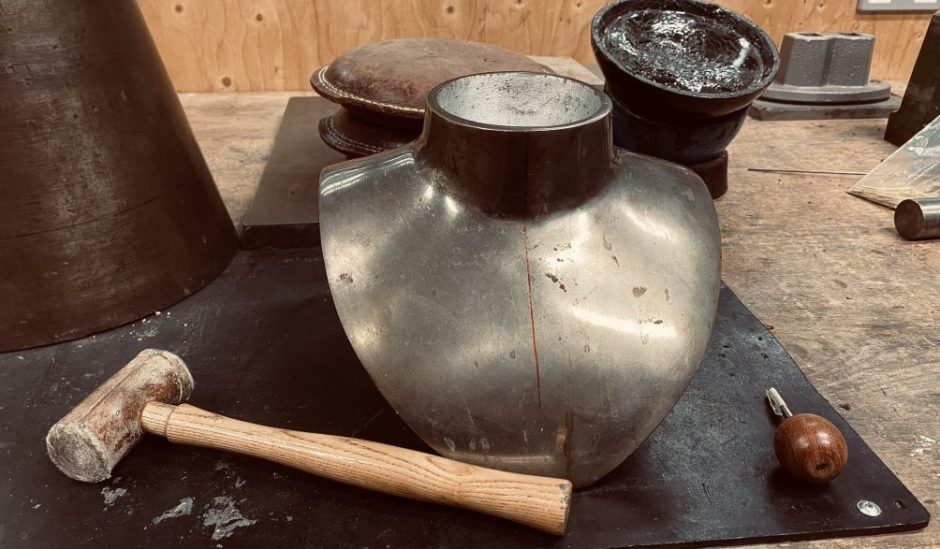Talking Art as the Spirit moves us – ( Hooks 1995 )
I read Hooks 1995 paper a few days before reading an article in The Guardian newspaper about the up an upcoming film “Origin”, the dramatisation of Isabel Wilkerson book “Caste”, Wilkerson being the first African-American to win the Pulitzer Prize for journalism.
The term “Caste” had not really struck me as widely applicable outside of India from where its origins come and its connection to racial divide and race being part of a social ladder everywhere and particularly in countries with a colonial or slave trading past.
I started reading the book the same day and her use of the term “Dominant Caste”, for largely describing people of white Anglo Saxon and Celtic origin in the United States chimes very strongly with much of the subject matter of this paper. (Wilkerson 2020)
“Talking Art as the Spirit moves” ( Hook 1995 ) examines the ignorance held by the “Dominant Caste” to quote Isabel Wilkerson, of how art produced by people of Africa-American origin is viewed often as below that in terms of quality and thought than that of White-American artists.
Hook examines the book “Race, Sex, and Gender in Contemporary Art” by Edward Lucie-Smith (1994 ) and in it describes non-white arts as “Minority art”, this separating an entire body of art and work produced by African-Americans be it fine art or literature in American society into a sub-category that should be addressed separately.
Another point that Hook addresses with the Lucie-Smith’s book is that is seems to demonstrate the idea that African-American art that shows any really quality is that which rejects progressive ideas and concepts associated with their cultural background in favour of more conservative or pre-established ideas of Black art.
Hook talks about the American Artist Romare Bearden who was of mixed African-American and white background and how he felt that the art that he produced which often reflected on the African-american experience was viewed as morbid and one that many black Americans wanted to distance themselves with at the time.

Patchwork Quilt, Romare Bearsden 1970, The High Museum of Art, Atlanta
Wilkerson describes these situations in her book where African-American would often distance themselves from their own cultural heritage to more closely align themselves with the “dominant” group to achieve more social acceptance, this being a sad reality with many minority groups around the world where assimilation comes at the cost of cultural identity.
Hooks paper brings forward many critical points on the identity with African-American art and how it’s perceived in society, Hooks language within the essay is sometimes very strong or misplaced where they describe Lucie-Smiths views as having “white-supremasist patriarchal bias”.
I haven’t read the book of Lucie-Smith but my take is that his views are culturally ignorant and definitely racially biased but the term “white suprematist” should reserved for more right wing ideas.
Lucie-Smith being born and brought up in Kingston Jamaica in the white minority yet “Dominant Caste” his views appear to be firmly moulded by the dominate groups hierarchical view on what makes art any more or less important regardless on who has produced it.
This is still an on going struggle in many areas of the world and I feel Wilkersons book frames it perfectly as a “Caste” system, something that is fabricated for social dominance over others for the benefit of those perceived to be at the top.
Reference
Hooks 1995 – Talking Art as the Spirit Moves Us
Wilkerson 2020, Isabel. Caste: The Origins of Our Discontents. New York: Random House, 2020.
Image Patchwork Quilt, Romare Bearsden 1970, The High Museum of Art, Atlanta
